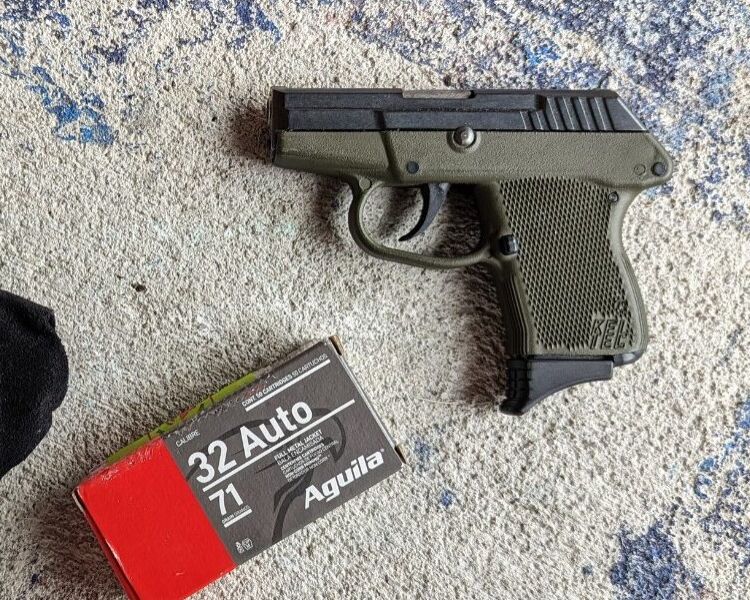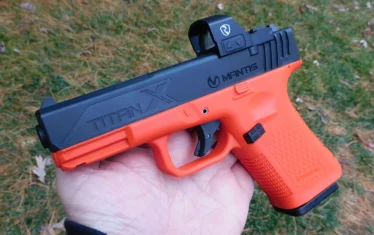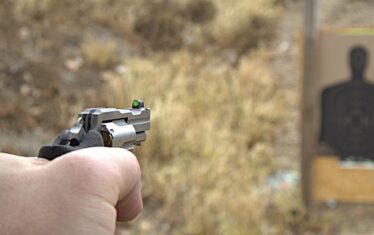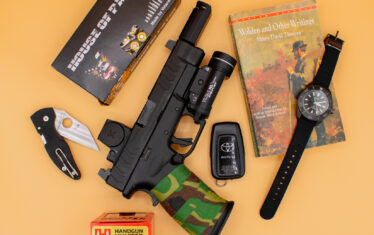“Like a brick through a plate glass window.” That’s how the .32 ACP is described in the James Bond movie Dr. No. Admittedly, compared to the .25 ACP Beretta Bond was carrying, the .32 ACP was a step up.
These days it’s a bit of a forgotten cartridge, at least for self-defense and concealed carry. However, it’s not entirely dead, and with the Beretta 30X, we’ve got our first new .32 ACP sidearm in years. That leaves us with one question: is it enough for concealed carry?
In a day and age where 9mm rules the market and guns like the SIG P365 dominate, we are left asking, why would anyone ever carry a .32 ACP? If someone chose to, would it be worth the trouble?
The History of .32 ACP
John Browning pops up a lot here, and for good reason. His designs influence the vast majority of current handguns. Browning designed the .32 ACP cartridge, also known as the 7.65 Browning, in 1899.
This period saw the rise of the automatic handgun, and most were straight blowback systems. Due to the unlocked breech of these guns, you couldn’t produce cartridges that were too hot and powerful. Guns like the 9mm Luger existed, but the toggle lock design was expensive and complicated.
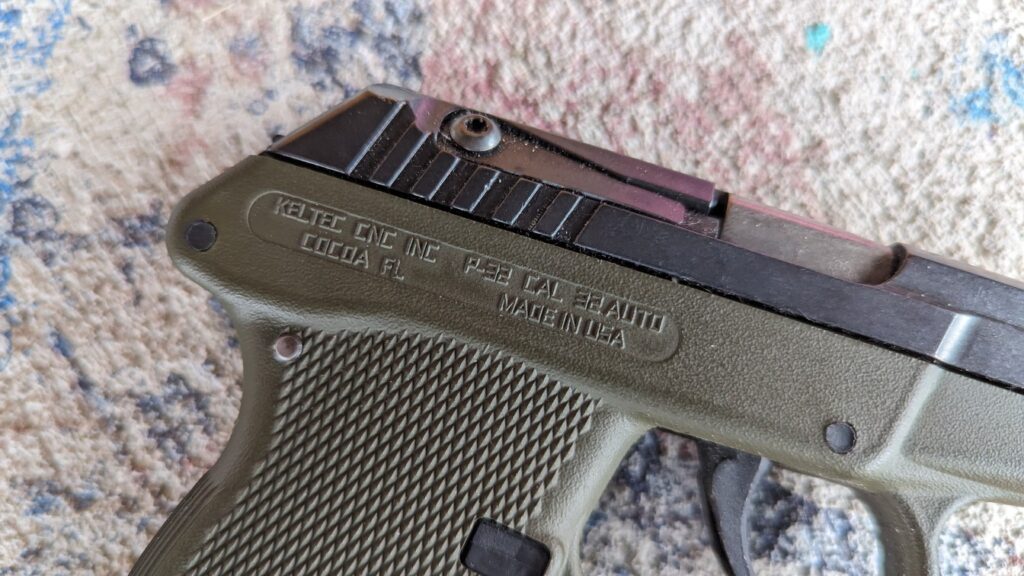
Thus, the .32 ACP was a potent cartridge for the era and worked in automatic pistols. While the .32 ACP wouldn’t be seen as a duty cartridge today, it dominated the battlefields of both World Wars. It’s a cartridge that became ubiquitous worldwide — in Europe, Asia, North America — basically, anywhere that wasn’t Antarctica.
Eventually, the round’s popularity faded as locked breeches became the norm. I only know of a handful of .32 handguns still in production and sold in the United States: Beretta, KelTec, Seecamp, NAA, and that’s about it.
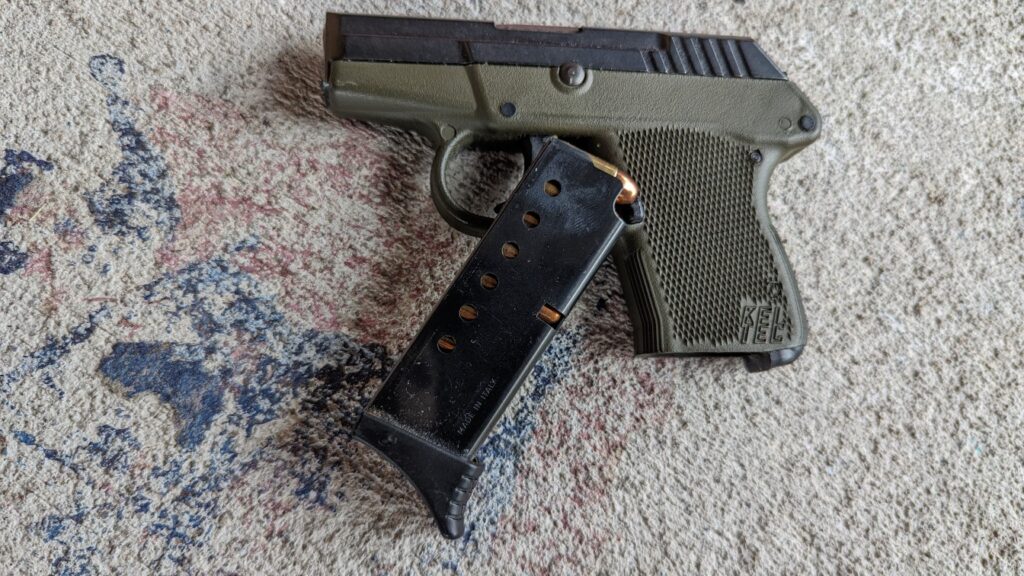
Handguns and Wounding Mechanisms
To answer whether the little 7.65 is enough, we need to establish what “enough” means. Is the cartridge enough to stop a threat? Yes, all guns are deadly and should be treated as such, but is the .32 ACP enough to consistently stop a threat? To establish that, we must look at wound mechanics.
Handguns can only create damage through direct contact with the projectile. Rifle bullets may inflict secondary wounding effects, but handgun bullets do not. Handguns can stop a threat by hitting a vital organ or through blood loss. Thus, we need a projectile that penetrates deep enough to strike something vital.
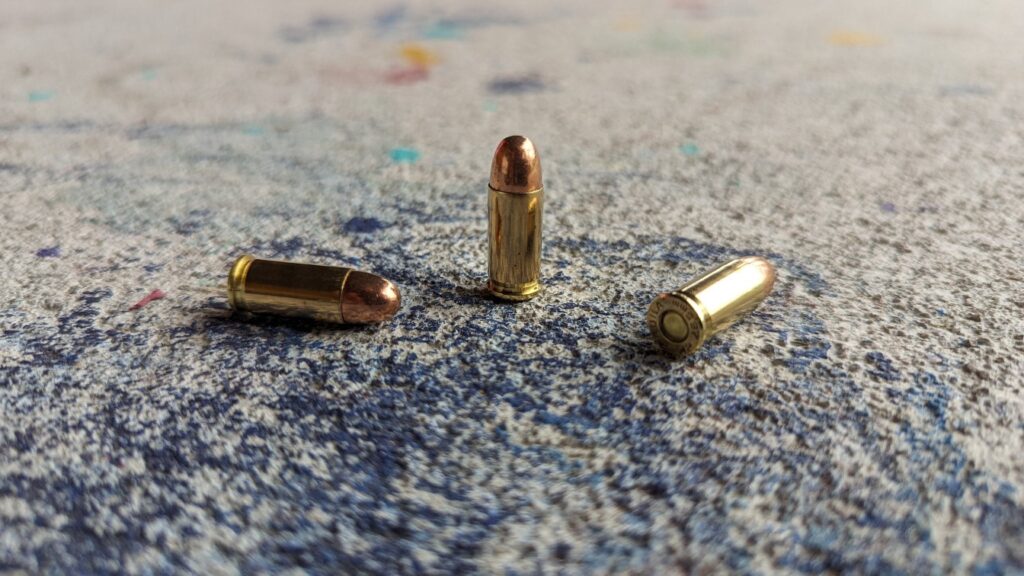
The long-established FBI standard states that if a projectile can penetrate through at least 12 inches of properly calibrated ballistic gel, it can penetrate deep enough to hit the vitals of a threat. The .32 ACP can penetrate to and beyond 12 inches, even when fired from short barrels. However, we are restricted to FMJ loads, specifically the hotter 71-grain European loads, to achieve that penetration.
The Flaws of the .32 ACP
We know the .32 ACP can go the distance, so why is it so ignored these days? There are plenty of downsides to the cartridge.
As we stated, the round needs to be an FMJ to achieve adequate penetration, but with an FMJ, we are not getting any expansion. Larger calibers like 9mm, 45 ACP, and even .380 ACP can expand. This expansion creates more damage and is essential because, as mentioned previously, handgun projectiles don’t have secondary wounding characteristics.

Larger calibers, like the modern 9mm, can penetrate more, which can be crucial. In the 1986 Miami Shootout, a projectile passed through the bad guy’s arm and went into his chest. The projectile stopped an inch short of the bad guy’s heart, and he continued to shoot it out with the FBI. This lack of penetration is unlikely to happen with a modern 9mm cartridge, but with a .32 ACP, it’s more likely.
We are leaving out environmental factors, too. Shooting through glass, wood, car doors, etc., are scenarios where the lower-powered .32 ACP is more likely to fail.
Pocket Pistols For Concealed Carry
The .32 ACP does have a home in the world of defensive firearms, though. To answer the question in the title, yes, it’s enough. However, that should still be taken with proper context. Browning’s little cartridge isn’t the best all-around caliber for defensive use, but it has a place where it’s enough for self-defense use. That spot is in pocket pistols — tiny little guns like the KelTec P32.
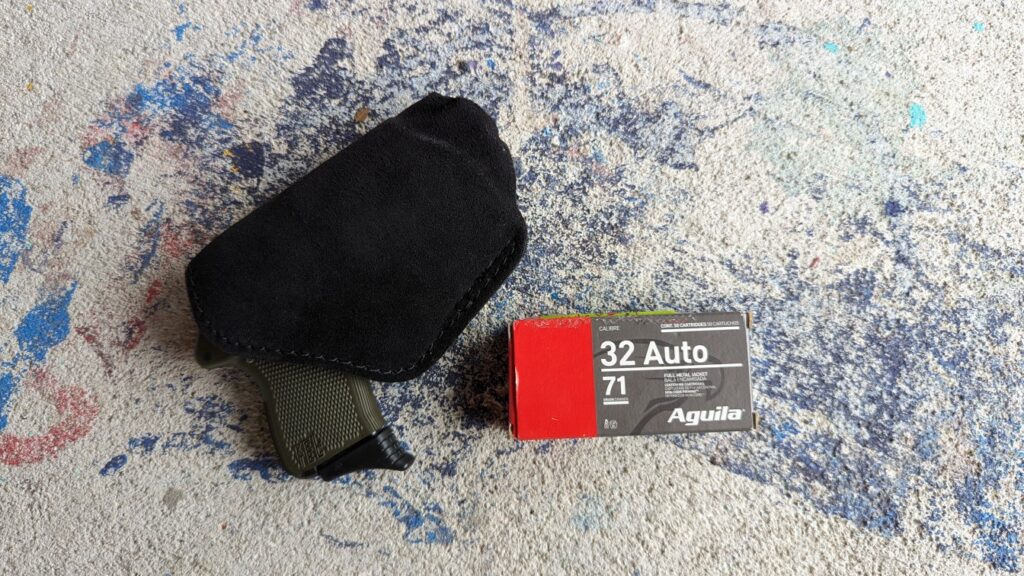
The typical pocket pistol caliber is .380 ACP. Guns like the Ruger LCP 2 are famous for being pocket-sized .380s. I believe the .32 ACP is better than the .380 ACP in pocket pistols. The .380 has twice the recoil energy without providing anywhere close to twice the capability. It is much easier to control than the .380, making fast and accurate follow-up shots possible.
The .32 also gets better penetration overall compared to .25 ACP. Its centerfire design is more reliable compared to something like .22LR.

The .32 ACP might be the perfect pocket pistol caliber for semi-auto pistols. The pocket pistol is a low-profile, easy-to-carry option and makes for a good backup or even primary carry if the threat level isn’t high.
Yes, it’s Enough
Ultimately, the cartridge is an underrated option for a specific niche of pistols. Throw a pocket-sized .32 ACP in a Safariland Model 25 pocket holster, and you have a super low profile, easy-to-draw, and easy-to-carry firearm in a competent caliber for self-defense. The .32 ACP is enough.





